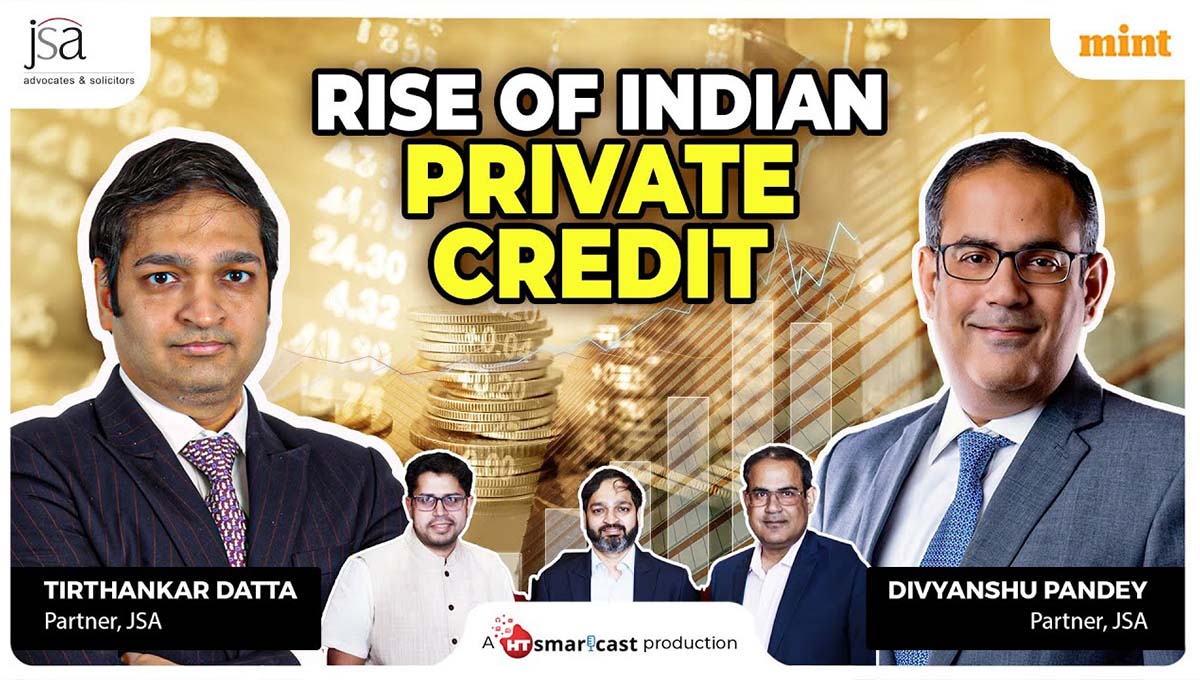In its September 30th, 2024, board meeting, SEBI introduced a major reform by reducing the timeline for rights issues from the existing average of 317 days to 23 days. This change is expected to significantly expedite the capital-raising process for companies, making it faster and more efficient for both issuers and investors.
Rights issues, where existing shareholders are given the right to buy additional shares at a discount, have long been seen as a favourable means of raising funds. However, the existing average timeline is comparatively lengthy, which may be a potential deterrent for companies, as they could be exposed to market volatility and investor uncertainty. The reduction brings various positives and highlights growing reforms in the market.
The Importance of the Reform
This reduction in the rights issue timeline is especially pertinent in today’s fast-growing markets, where the need for liquidity and quick access to capital is critical. Shorter timelines reduce the window for market fluctuations, thereby reducing chances of negative impact on share prices or investor sentiment. Companies, especially those needing immediate funds due to market opportunities or financial constraints, can now complete the fundraising process within a much shorter timeframe, allowing them to respond to market conditions more dynamically, and allow existing shareholders to participate in he continued growth of the issuer.
From an operational perspective, this shift also reduces the administrative burden associated with prolonged fundraising periods. Companies can now streamline their capital-raising process without the risk of their share prices being negatively affected by extended periods.
Implications for Issuers
For companies, the shortened timeline offers a great opportunity to raise funds more quickly, which can be crucial in times of economic instability or rapid market changes. Many companies may find this reform especially beneficial when looking for fast-tracked funding for business expansions, acquisitions, or debt reduction. The reduced timeline also mitigates the risk that prolonged processes might lead to a dilution of stock value or decreased investor confidence.
Moreover, this new framework could make rights issues a more attractive option compared to alternative fundraising methods, such as public offerings or taking on additional debt. Public offerings often involve extensive regulatory compliance, and borrowing can weigh down a company with additional liabilities. In contrast, rights issues, especially under the new timeline, offer a quicker and less cumbersome method of securing capital while keeping shareholder control largely intact.
Benefits for Investors
From an investor’s perspective, the quicker rights issue process reduces the uncertainty involved. Under the existing timeline, investors were often left waiting for extended periods, during which market dynamics could shift unfavourably. Now, with the shortened timeline, investors can make quicker decisions regarding their participation, reducing the risks associated with prolonged market exposure.
The new framework also allows investors to respond more efficiently to a company’s capital-raising needs, encouraging more active participation. Investors may be more likely to take up rights issues now, knowing that the process is quicker.
Boosting Confidence in the Capital Markets
This change is not just about improving efficiency; it’s also about restoring and boosting confidence in the Indian capital markets. Rights issues are a key indicator of market health, and a faster, more streamlined process indicates a more robust, dynamic market environment.
By reducing the timeline, SEBI is also aligning India’s rights issue processes more closely with global standards, making the Indian capital markets more attractive to both domestic and international investors.
Conclusion
SEBI’s decision to reduce the timeline for rights issues is a transformative step towards creating a more efficient and responsive capital-raising environment in India. For issuers, it provides a faster way to secure necessary funds, and for investors, it reduces the uncertainty tied to prolonged processes. This reform reinforces the use of rights issues as a preferred method for raising capital and could serve as a cornerstone for further regulatory developments aimed at modernising India’s capital markets and aligning it to more mature global standards.













